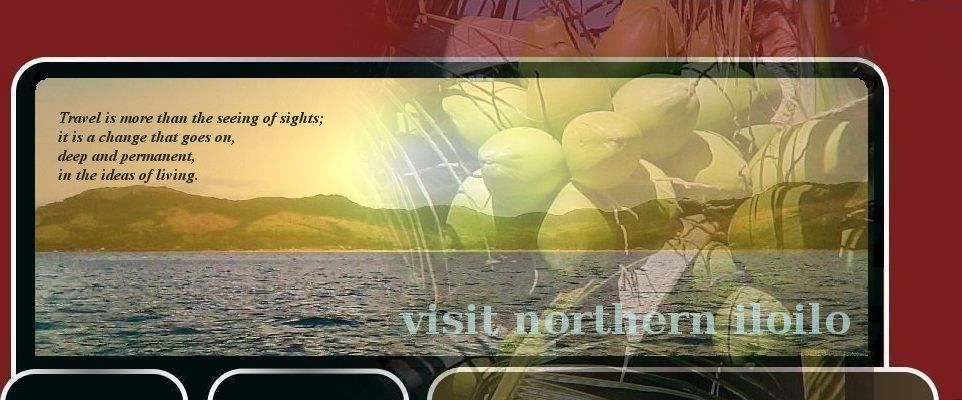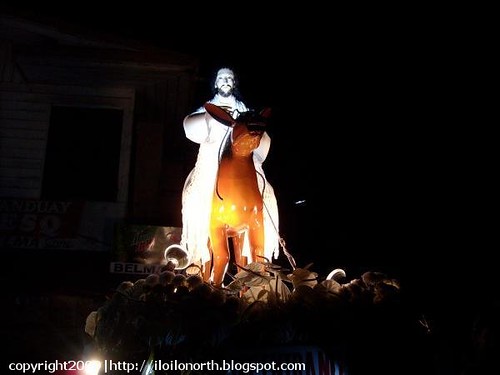
The City of Iloilo is a highly urbanized city in the Philippines, the capital of, but independent from, the province of Iloilo. It is the economic hub of the Western Visayas region, as well as the center of the Iloilo-Guimaras Metropolitan Area.
Iloilo was historically one of the major agricultural centers of the Philippines, exporting sugar, copra, bananas, mangoes and other natural resources during the Spanish and American colonial periods.
Irong-Irong appears in the Maragtas legend of the coming of ten Bornean datus (Chieftains) to Panay who bartered gold for the plains and valleys of the island from a local Ati chieftain. One datu, Paiburong by name, was given the territory of Irong-Irong (now Iloilo). For 300 years before the coming of the Spaniards, the islanders live in comparative prosperity and peace under an organized government and such laws as the Codes of Kalantiaw.
In 1566, the Spaniards under Miguel Lopez de Legaspi came to Panay and established a settlement in Ogtong (now Oton, Iloilo). He appointed Gonzalo Ronquillo as deputy encomiendero who in 1581 moved the seat of Spanish power to La Villa de Arevalo, a sitio named in honor of his hometown in Avila, in Spain. By 1700 due to recurrent raids by Moro pirates, Dutch and English privateers, the Spaniards moved to the village of Irong-Irong where close to the mouth of the river they built Fort San Pedro. Irong-Irong or Ilong-Ilong whose name the Spaniards shortened to "Iloilo" later became the capital of the province. The Maragtas, a set of ancient documents, is a popularly accepted chronicle of ancient Panay, According to the documents, Datu Puti and his fellow datus, together with their families, warriors and slaves, fled from the tyranny of Sultan Makatunao of Borneo, and landed at now known as the town of San Joaquin. At that time, Panay was inhabited by native aboriginal people, the small, dark-skinned "Atis" who were ruled by King Marikudo and Queen affluent land bustling with trade and commerce. Maniwangtiwang. King Marikudo sold the lowlands of Panay for the price of a golden hat (saduk), a long golden necklace (manangyad) and other assorted items. After the sale, the Atis retreated to the highlands and newcomers settled in their new home. In 1566, when the Spaniards set foot on the land they later renamed Iloilo, discovered an affluent land bustling with trade and commerce. Its flourished economic activities and excellent port made Iloilo the premier province of the country.
In December 1898, the Americans entered the Iloilo port and took over the reins of the City. Under American tutelage, many Ilonggos became luminaries in the fields of politics and government. The outbreak of the Second World War took a heavy toll on the province. Like the rest of the country, Iloilo was left with severely shattered economy and deeply demoralized populace. Possessing the resilience and determination of their forebears, the Ilonggos slowly regained their foothold. Today, Iloilo has rejoined the ranks of the progressive provinces outside of Metro Manila. Iloilo's colorful history has distilled a spirit that posses the complex nuances of contrasting cultures. It is a culture essentially Oriental, progressively Occidental, yet uniquely Ilonggo.
Source: Iloilo City LGU







No comments:
Post a Comment